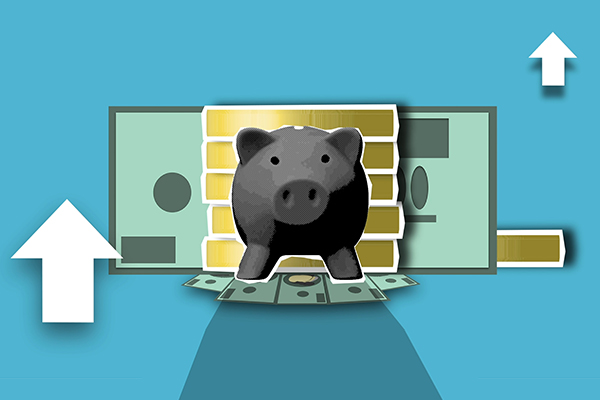Level 1 header
Types of Loans
A mortgage is a serious thing, not to be taken lightly, and you want to get the best one for your needs. 0Pointloan can help with that, and Jay Patel and his team is committed to helping you get the right interest rate and terms for your loan. Then you can feel confident in the type of loan you’ve chosen, so in the future, you won’t have to worry about whether you made the right mortgage choice.
Conforming Loan
A loan in which the amount borrowed is less than or equal to $417,000 (this number could be different depending on the bank)

Jumbo Loan
A loan in which the amount borrowed is greater than $417,000 (this number could be different depending on the bank)

30 Year Fixed Rate Loan
This type of loan has 360 monthly payments that remain the same for the entire 30 year period after which time the loan is paid in full. The monthly payment is based on an interest rate which does not change over the term of the loan (hence the term “fixed rate”).
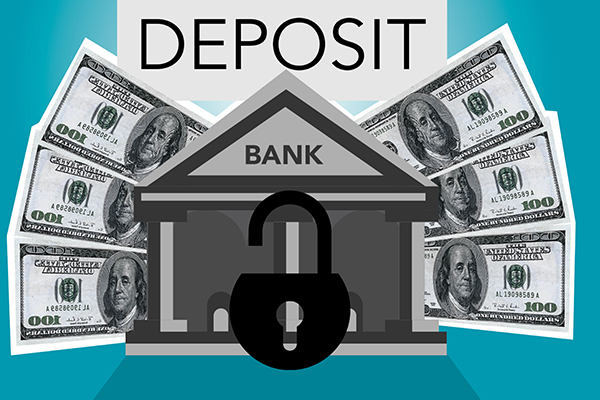
20 Year Fixed Rate Loan
This type of loan is the same as the 30 year fixed rate loan except the life of the loan is 240 months as opposed to 360 months. Since the loan is being paid slightly faster than the 30 year fixed rate loan, monthly payments for this type loan are higher than the 30 year fixed rate loan. Some Lenders allow for a lessor rate.
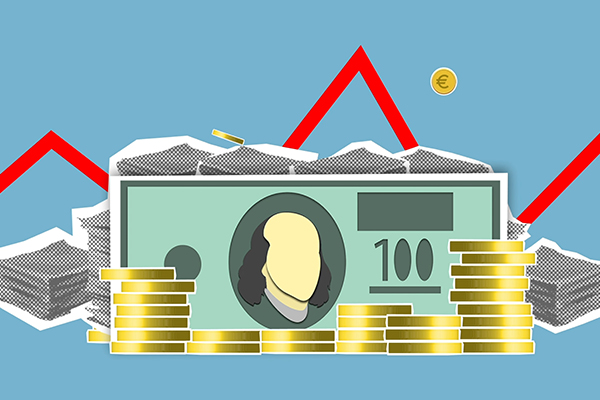
15 Year Fixed Rate Loan
This type of loan is the same as the 30 year fixed rate loan except the life of the loan is 180 months as opposed to 360 months. Since the loan is being paid faster than either the 30 year fixed rate loan or the 20 year fixed rate loan, monthly payments for this type loan are higher than the other two loans.
Generally, the longer a lender agrees to keep the interest rate “fixed”, the greater the risk to the lender, therefore, in most instances, interest rates on 15 year fixed rate loans are slightly lower than on 20 or 30 year fixed rate loans.

Interest Only Loan
A mortgage is “interest only” if the monthly mortgage payment does not include any repayment of principal for some period. The payment consists of interest only. During that period, the loan balance remains unchanged. For example, if a 30-year fixed-rate loan of $100,000 at 8.5% is interest only, the payment is .085/12 times $100,000, or $708.34. Otherwise, the payment would be $768.92. This is the “fully amortizing payment” – the payment that, if maintained over the term of the loan, will pay it off completely. The interest only loan thus reduces the monthly payment by 7.9%. A loan that is interest-only for the full term would not amortize. The loan balance would be the same at term as it was at the outset. Back in the twenties, loans of this type were the norm. Borrowers typically refinanced at term, which worked fine so long as the house didn’t lose value and the borrower didn’t lose his job. But the depression of the thirties caused a large proportion of these loans to go into foreclosure. Lenders stopped writing them and have never brought them back. They want loans that eventually amortize. Hence, the interest only loans of today are interest only for a specified period, such as 5 years. At the end of that period, the payment is raised to the fully amortizing level. In such case, the new payment will be larger than it would have been if it had been fully amortizing at the outset. Suppose, for example, the interest only period on the loan described above is 5 years. Then the payment starting in month 61 would be $805.23. To reduce the payment by $60.58 for the first 5 years, the borrower would pay an additional $36.31 for the next 25. The longer the interest only period, the larger the new payment will be when the interest only period ends. If the same loan is interest only for 10 years, for example, the fully amortizing payment beginning in month 121 is $867.83. To reduce the payment by $60.58 for the first 10 years, the borrower would pay an additional $98.91 for the next 20. Interest only mortgages are for borrowers who want a lower initial payment, and have some confidence that they will be able to deal with a payment increase in the future.

Interest Only 10/1 ARM
This is an adjustable rate interest only mortgage with the interest rate constant for 10 years and then adjusted every year thereafter. The first 120 payments will be based on the interest rate and loan balance. Payments will be calculated to pay only the accruing monthly interest at the Initial Interest Rate. Starting with the 121th payment, the monthly loan payment will consist of principal and interest and will fully amortize over the remaining 20 years. Available for both conforming and non-conforming loan amounts with an index of the average of InterBank offered rates for one-year U.S. dollar-denominated deposits in the London market (“LIBOR”), as published in The Wall Street Journal. The interest rate cannot increase or decrease by more than 5% on the first interest rate adjustment date. Commencing with the second interest rate adjustment date, the interest rate cannot increase or decrease by more than 2% from the interest rate in effect immediately prior to the interest rate adjustment date. There is a life of loan interest rate ceiling equal to the sum of the initial interest rate plus 5%. The floor is the margin.
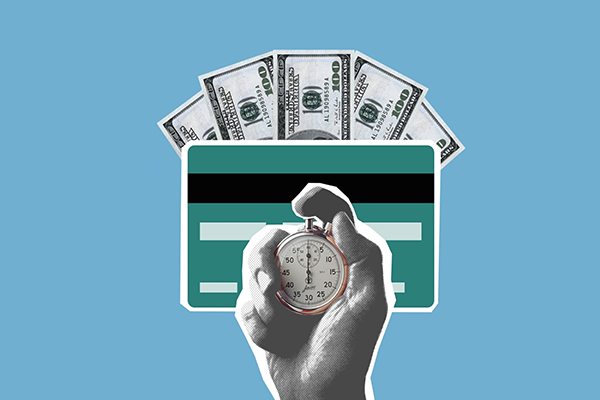
Interest Only 30-Year Fixed
A fixed-rate interest only mortgage with the interest rate constant for 360 months. The first 180 payments will be based on the interest rate and loan balance. Payments will be calculated to pay only the accruing monthly interest. Starting with the 181st payment, the monthly loan payment will consist of principal and interest and will fully amortize over the remaining 15 years.

Government Loan
This type of loan is guaranteed by a federal agency such as the Veterans Administration or the Federal Housing Administration or by a State agency such as a State housing authority. FHA and VA loans are very popular now because they are easier to qualify for and have attractive rates.

1 Year Adjustable Rate Mortgage (ARM)
This type of loan is similar to the 6 month ARM except for the fact that the adjustment period is every 12 months (one year) as opposed to every 6 months. In addition, the adjustment cap on a 1 year ARM is typically 2% as opposed to 1%. The lifetime cap is typically 6%. The index is typically the One Year Treasury Security index and the margin is typically 2.50% – 3.00%.

3/1 Adjustable Rate Mortgage (ARM)
This type of loan has monthly payments that are based on a 30 year repayment schedule and the interest rate remains fixed for the first 36 months (three years). After that time the interest rate (and, therefore, the monthly payments) may change every 12 months (one year). This is referred to as the “adjustment period”. The new rate is based upon fluctuations in an index (typically the One Year Treasury Security) and is calculated by adding a specified amount to the index. The amount that is added to the index is called the “margin” (typically 2.50% – 3.00%). For example, if the index equals 5.0% at the time of adjustment and the margin equals 2.75%, the new interest rate would be 7.75%. However, this type of loan program usually has limits on how much the interest rate can change (either up or down) at each adjustment date, compared with the interest rate being charged before the new adjustment is made. Typically, this limit is 2% and is referred to as an “adjustment cap”. There is also a limit as to how much the interest rate can change (either up or down) from the initial interest rate over the entire life of the loan (typically 6%) and this is referred to as a “lifetime cap”. The monthly payment changes, as needed, at each adjustment period, to reflect the adjusted rate.

5/1 Adjustable Rate Mortgage (ARM)
This type of loan is similar to the 3/1 ARM except for the fact that the interest rate remains fixed for the first 60 months (five years) as opposed to the first 36 months. After that time the interest rate (and, therefore, the monthly payments) may change every 12 months (one year). As with a 3/1 ARM, the index is typically the One Year Treasury Security index, the margin is typically 2.50% – 3.00%, the adjustment cap is typically 2% and the lifetime cap is typically 6%.
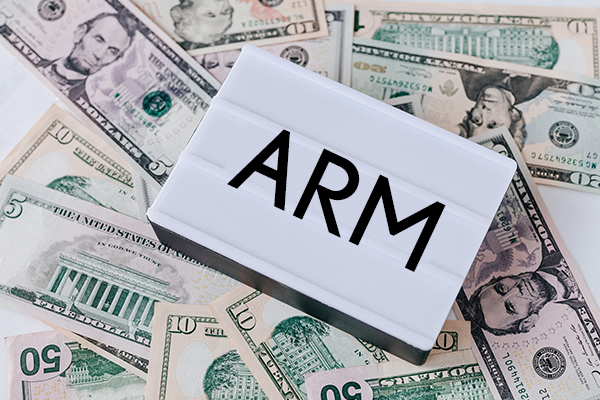
7/1 Adjustable Rate Mortgage (ARM)
This type of loan is similar to the 3/1 ARM except for the fact that the interest rate remains fixed for the first 84 months (seven years) as opposed to the first 36 months. After that time the interest rate (and, therefore, the monthly payments) may change every 12 months (one year). As with a 3/1 ARM and a 5/1 ARM, the index is typically the One Year Treasury Security index, the margin is typically 2.50% – 3.00%, the adjustment cap is typically 2% and the lifetime cap is typically 6%.
